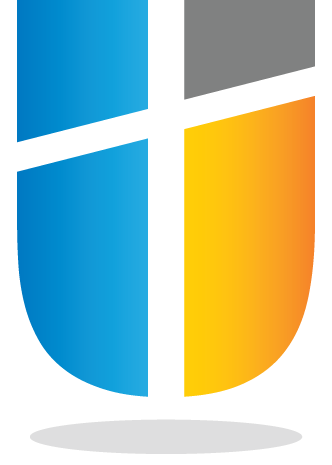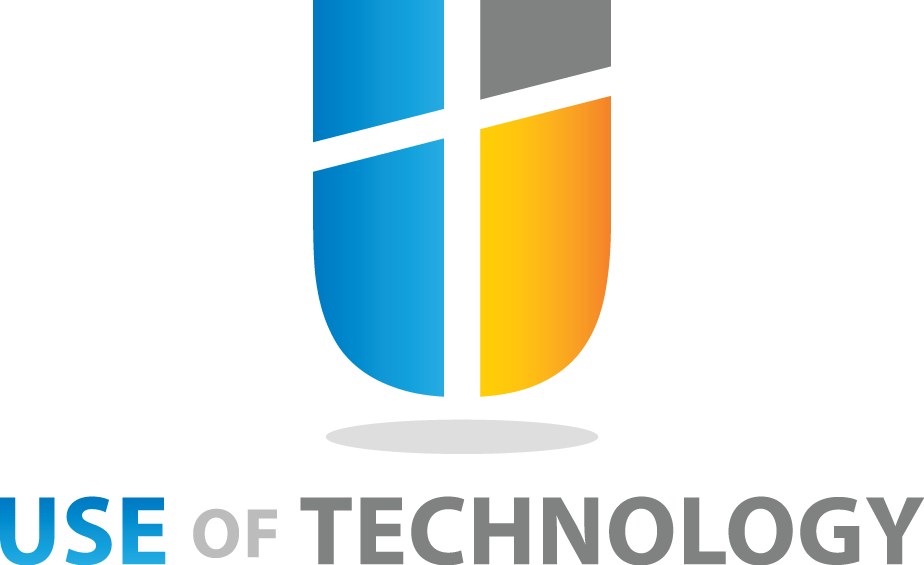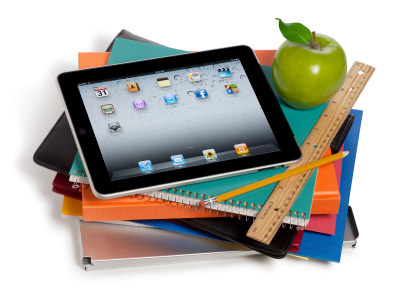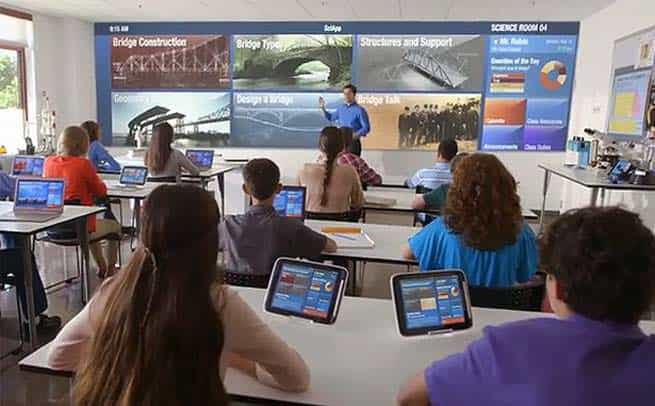Teachers are responsible for weighing between knowledge of where students are academically, where they need to be and to somehow gain insight into the special needs of students’ and their progress. Teachers also have to contend with the choice of co-curricular activities and the rules that govern student’s participation. The expectations from parents, the community and in general the teacher’s code of conduct make the profession interesting. The addition of technology in education further complicates the equation and presents a host of many new questions.
Technology slowly seems to be taking over many aspects of human society. Education has gradually evolved to incorporate technology in the dissemination of information. This advancement has revolutionized the classroom environment leading to improved grades and learning experiences. While a small group of conservative-minded individuals remains skeptical about the use of technology in the classroom, the merits are self-evident. The question now remains, how is technology best utilized in the classroom and what are the potential advantages?
As tablet computers and other smart devices slowly replace textbooks, we must also examine the challenges facing implementation of technology in education. The main argument for incorporating technology in classrooms is, students should be able to apply classroom concepts to daily life with ease. Since a large part of daily life involves technology, using it in classes only seems right. Many learners today are apt at using tools such as tablets, laptops, and smartphones. Technology has become second nature. Eliminating the technology factor from the learning equation would, therefore, in a way be alienating a critical part of the students’ capabilities.
Similarly, in the rare cases where the students are not tech-savvy, there is bigger cause to embrace technology. Understanding the role technology plays in the classrooms and workplaces among other areas is of vital importance. Staying competitive in the 21st-century dictates the need for technological finesse. However, one of the biggest problems facing the radical change in the centuries-old pedagogical methods used in education is that no parent wants their children to be the initial case study.
Types of Technology In A Typical Classroom
Computers
The first thought that comes to mind when technology is mentioned is a computer, naturally. Computers in a class may range from standard desktops to portable laptop computers. Either of these may be used by only the teacher or available to all of the students. In some school’s classrooms, laptops are made available to each student. The computers allow educators and students to access the Internet, practice typing skills, or view educational materials.
Computers can be used in several different ways in a classroom. They can be used to research teaching material and produce an instructor’s lesson guide. A computer can also be hooked up to an external display to show the class presentations, video slides, or other educational content. Computers that are available to students also have a range of uses. Some institutions may opt to subscribe to any one of some educational websites. Many of the online programs available offer access to student work and progress, which allows close monitoring of the learning process. Students can use computers or laptops to manage assignments, such as typing papers, create presentations, or to make video slides.
Another revolutionary piece of technology that has managed to find its way into the modern classroom is the tablet. A tablet is a handheld computer that is fitted with a touchscreen. The device offers a different kind of functionality than computers. They can connect to the internet and easily run various applications depending on the operating system. The main difference with tablet computers is that they do not require physical peripherals and are more portable.
Check out Virtual Reality In Education: Use in The Classroom
Tablets are most often used by students to access educational content via applications. They can be shared in the classroom, or, in rare cases, given to individual students. Tablets can be used to supplement instructions and are mostly used to reinforce previously-learned skills and information. The single reason that makes tablets the most preferred pieces of technology is they are light, portable and fully functional. They offer the same advantages as standard computers plus portability.
Smartboards
Smartboards are a sophisticated advancement over traditional overhead projectors. Smartboards are interactive, a fact that turns a typical classroom environment into a fun learning experience. It enriches learning in several ways by providing hands-on functionality and also the ability to pair with other devices such as tablets and laptop PC’s hence creating the perfect setting for learning. These boards, are environmentally friendly and low maintenance. The latter is of particular importance because schools need to save as much as possible where educational technology is concerned. Since there is no necessity of chalk or marker pens, smart boards tend to last longer with minimal maintenance.
Social Media
Social media is now recognized as an accepted form of learning in some instances. Groups like Scholastic Teachers provide excellent support for educators. Many teachers use social media to communicate with their students directly, or also to form forum-style groups for the learners to interact with each other. The method has proven to be valuable in providing one-on-one attention to student’s concerns and needs. With modern classrooms have already evolved into the present hotbed of technological advances, the question is, what more does the future possibly hold that could further push the educational technology envelope even more?
Advantages Of Using Technology In Classrooms
Technology Prepares Learners for the Future
Studies indicate that every 9 out of 10 students think that incorporating technology in the classroom helps prepare them for the digital future. Technology skills are essential to be successful in the 21st-century. Previously, jobs that may not have had a technological component may have one now. The truth is that education is not just about memorizing facts and passing exams. Rather, it is about solving complex problems relevant to a particular situation and being to work well with others. Educational technology in the classroom prepares learners for the future and equips them with the necessary tools to stay on par with an expanding digital economy.
Improved Information Retention Rates
It has been noted that using technology in education helps students to retain the material better. For instance, presenting material in PowerPoint form as opposed to traditional textbooks can have a positive impact on how much the learners can recall. Studies have been conducted to test the effectiveness of technology in improving retention rates. The results as expected were impressive with an observed improvement on how much content the students remember.
Technology Allows Students to Learn at Their Own Pace
Technology today allows learners to study at their own pace. For instance, a large percentage of applications allow for customized instruction. Students learn according to their personal needs and abilities. The methods of teaching involving technology are also perfect for the teachers because it gives them ample time to work individually with students who may be struggling.
Students Connect with Technology
Normally, technology occupies a significant place in students’ lives. When not in school, just about everything else that they do is in some connected way to technology. Therefore, by integrating technology into the learning curriculum, teachers ensure a smooth transition from normal out-of-class-lives into the classroom. The method changes the way information is passed and provides the students with the necessary tools to take on the 21st century.
When students use technology as a learning implement or an instrument for communicating with others, their roles shift to an active status as opposed to the passive role of recipient of information transmitted by a teacher, textbook, or broadcast. The student actively makes pertaining how to obtain, generate, manipulate, or display data. The use of technology also allows more students to be actively involved in making choices and executing concepts which are atypical in traditional study sessions.
Educational Technology Revamps the Learning Experience.
The students have valuable access to an immense amount of opportunities. Students can learn how to code and even better learn how to better collaborate with their peers, teams and also with their teachers. Technology empowers learners to be more connected and be creative. Moreover, technology is useful as a tool to help learners in performing authentic tasks. The learners are in a position to define their own goals, make design decisions, and evaluate progress. The roles teachers play change as well since the teachers are no longer the center of attention. Traditionally, teachers are the dispensers of information. With technology, teachers play the role of a facilitator; providing resources, guidelines and setting project goals.
Problems Facing Efficient Use Of Technology In Classrooms
Despite all the numerous advantages accrued from its use in classrooms, educational technology suffers a few drawbacks that hinder its implementation. These are as follows:
Cost
Upgrading infrastructure is an often costly affair both regarding funds and workforce. Schools may not have the required manpower to handle new equipment. Depending on the number of students, bandwidth usage may vary which necessitates additional investments in internet resources. Acquiring the laptop computers and tablets presents further cost concerns. Schools also need to train the teachers on the best practices to ensure efficient incorporation of technology in the classroom. The schools need a tech support department on standby to deal with any glitches that may arise which adds onto the already bloated infrastructure budget. A combination of these factors makes technology used in education quite expensive.
Management
Using technology for educational purposes is an excellent idea, in theory. However, many teachers and educationalists believe that tablets, smartphones and laptop PC’s with an internet connection are a source of distraction for learners. It’s hard for a teacher to closely monitor the students in the class to determine whether they are indeed utilizing technological resources for education or leisure. In instances where the students own the tablets and smartphones, filtering content may not be a viable option. The effectiveness of technology in the classroom in such cases is therefore hard to gauge.
Social Needs
The use of technology in the classroom eliminates the need for face to face time with teachers. The absence of a teacher, it is possible that students may take the lessons less seriously especially since there is no supervision. In the absence of a classroom where students can forge normal friendships and relationships with their mates, they may not pick up the same social cues as regular students. When students fail to socialize properly, their performance in the real world may be affected. This way, most parents prefer traditional time revered methods over innovative educational technology.
Technology Disparity
Gone are the days of dusty green chalkboards, manual pencil sharpeners and textbook covers made out of brown paper bags. These days, it’s all about smartphones, tablets, laptop computers and access to the internet. The current age students, dubbed “generation z,” seems to welcome the advances in educational technology. The truth is, you cannot fight change and technology use in education has become the new norm. The integration of technology in education is a currently ongoing task of monumental proportions. There is a huge disparity as far as access to technology is concerned. This may be due to socioeconomic factors, lack of resources, proper knowledge and budgetary constraints.
In Conclusion
Technology has become a fantastic and useful tool in the classroom. Teachers are expected to make use of it to enhance the learning experience and information dissemination. However, knowledge of the different tools available, what they can do, and their impact allows teachers to use them optimally. With numerous tech players actively involved in developing gadgets of the future, we can only speculate what new advances will be making their way into classrooms in the coming days.
Following the evolution of technology, educational capabilities are changing and growing daily. The Internet is a vast library of data that is useful in shaping up the landscape of education as we know it. All in all, technology alone will not change education. Good grades and practical knowledge are as important as ever. Technology in education is therefore simply a catalyst, a tool for conveying lessons whose effectiveness cannot be overlooked.






